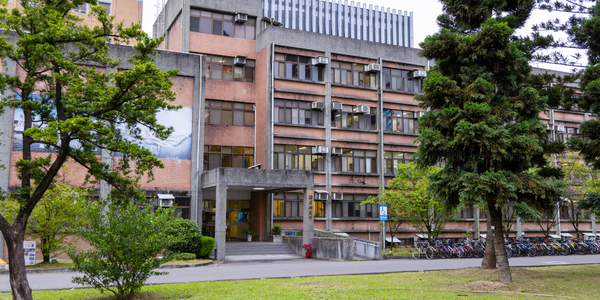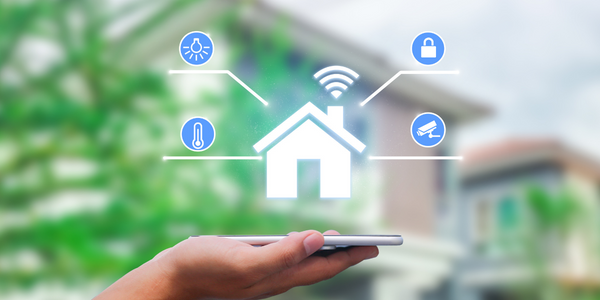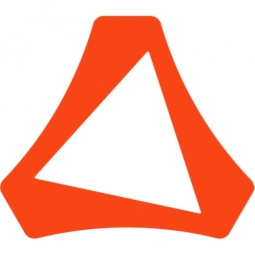
Technology Category
- Analytics & Modeling - Robotic Process Automation (RPA)
- Infrastructure as a Service (IaaS) - Cloud Databases
Applicable Industries
- Buildings
- Finance & Insurance
Use Cases
- Leasing Finance Automation
- Time Sensitive Networking
The Customer
A Global Bank
About The Customer
The customer in this case study is a global bank based out of North America. The bank serves close to 20 million customers worldwide, has more than 85,000 employees, and has a net asset value of close to $1.5 trillion with annual revenues of approximately $50 billion. It is a member of the Financial Stability Board’s list of global systemically important banks. The bank was using a report repository connected to dozens of applications and database systems used across the enterprise, from different geographies and multiple business units. The bank was facing challenges in managing and standardizing these reports, which were manually downloaded and processed.
The Challenge
The global bank, based out of North America, was facing a significant challenge in managing its report repository connected to dozens of applications and database systems used across the enterprise. The bank, serving close to 20 million customers worldwide, had to manually download hundreds of thousands of reports from these applications to a centralized location for use on a weekly basis. The file formats were typically unstructured data, usually in text or PDF, with no consistency in report formats across the different applications, or even for reports created using the same application. End users would then manually copy data from the text / PDF formats to Excel-based reports used for reconciliation, attestation, financial reporting, journal entries and other uses. This process was time-consuming, prone to human error, and inefficient.
The Solution
The bank turned to Altair to add automatic report modeling and standardization to its Robotic Process Automation (RPA) architecture. The team created a 'bot' to interact with Altair® Monarch®, a software previously used in large projects that reduced reconciliation tasks by more than 1500 hours per month. The bot was designed to automate the download of relevant application and database files from the central file repository to a target folder and complete the bulk extraction of data from those files. Altair Monarch Server Automation Edition was used to automate the transformation of this extracted data into thousands of standardized report formats that meet end-user and regulatory requirements. Using its no-code interface, users could quickly design data models that define the report structures they need, and set up the automation processes so that newly extracted data is made consistent with reporting requirements.
Operational Impact
Quantitative Benefit

Case Study missing?
Start adding your own!
Register with your work email and create a new case study profile for your business.
Related Case Studies.

Case Study
Energy Saving & Power Monitoring System
Recently a university in Taiwan was experiencing dramatic power usage increases due to its growing number of campus buildings and students. Aiming to analyze their power consumption and increase their power efficiency across 52 buildings, the university wanted to build a power management system utilizing web-based hardware and software. With these goals in mind, they contacted Advantech to help them develop their system and provide them with the means to save energy in the years to come.

Case Study
Intelligent Building Automation System and Energy Saving Solution
One of the most difficult problems facing the world is conserving energy in buildings. However, it is not easy to have a cost-effective solution to reduce energy usage in a building. One solution for saving energy is to implement an intelligent building automation system (BAS) which can be controlled according to its schedule. In Indonesia a large university with a five floor building and 22 classrooms wanted to save the amount of energy being used.

Case Study
Powering Smart Home Automation solutions with IoT for Energy conservation
Many industry leaders that offer Smart Energy Management products & solutions face challenges including:How to build a scalable platform that can automatically scale-up to on-board ‘n’ number of Smart home devicesData security, solution availability, and reliability are the other critical factors to deal withHow to create a robust common IoT platform that handles any kind of smart devicesHow to enable data management capabilities that would help in intelligent decision-making

Case Study
Commercial Building Automation Boosts Energy Efficiency
One of the challenges to building automation is the multitude of non-interoperable communications protocols that have evolved over the years. Buildings have several islands of automation. Bridging the islands of different automation without losing the considerable investment in each specialized control network is the main focus in this solution.

Case Study
Protecting a Stadium from Hazardous Materials Using IoT2cell's Mobility Platform
There was a need for higher security at the AT&T Stadium during the NFL draft. There was a need to ensure that nuclear radiation material was not smuggled inside the stadium. Hazmat materials could often be missed in a standard checkpoint when gaining entry into a stadium.




